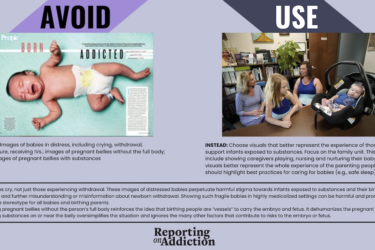
“Oral health is integral to general health,” Surgeon General David Satcher famously observed. “You cannot be healthy without oral health. Oral health and general health should not be interpreted as separate entities,” noted Satcher in his landmark 2000 report, Oral Health in America.
The mouth is part of the body. Healthy teeth play a crucial role in good nutrition and self-expression. The pain and infection of untreated oral disease take a heavy human and economic toll.
At the same time, oral health services have historically been delivered separately from other kinds of health care services, Satcher pointed out.
But now the gap between oral health and overall health may be narrowing.
Advances in science are contributing to a growing appreciation of the interrelationships between oral and systemic conditions.
Meanwhile, evolving approaches to health care delivery are creating new opportunities for a more holistic approach to providing dental services. One such effort, currently unfolding, was highlighted recently by National Public Radio reporter Julie Rovner. She took listeners on a visit to the Case Western Reserve University Health Education campus now under construction in Cleveland, Ohio. As Rovner reported, the facility will be the shared home of Case Western Reserve University’s medical, nursing and dental schools, as well as the Cleveland Clinic’s in-house medical school. The institution has been designed to give medical, nursing and dental students a chance to provide collaborative care. Elsewhere in the city, interprofessional partnerships are already thriving, Rovner found.
“At an oral health clinic in Cleveland, for example, nurses and dental students work together to treat real patients,” she explained. “Other activities bring students together to discuss interdisciplinary problems — like obesity or pain.”
“We all have to deal with pain whether [we’re] dentists or social workers or nurses,” Carol Savrin, a nurse practitioner and senior administrator at the Case nursing school, told Rovner. “So they are taking a common thread and coming at it from a variety of different angles.”
Here’s a tip sheet with resources to help you think about ideas that are spanning the gap between dental and medical care. It might lead to a story waiting to be told in your community. Some questions to ask:
- Are medical, nursing and dental schools in your state considering such an approach?
- Are researchers in an institution near you exploring the complex links between oral and systemic disease?







